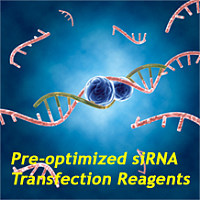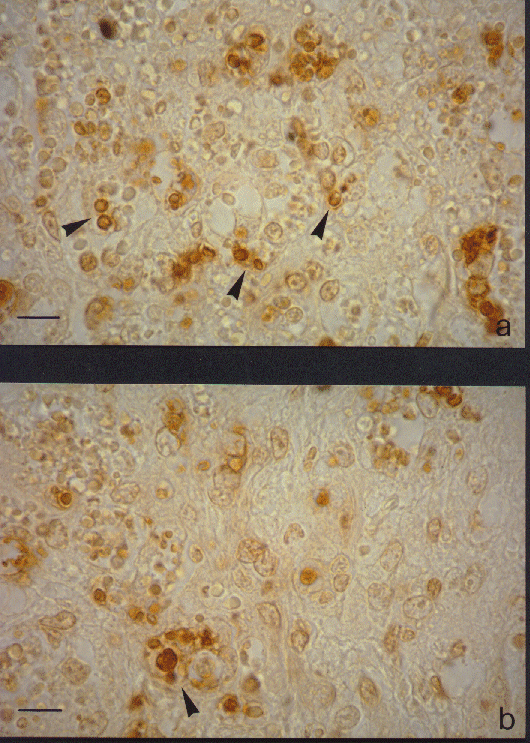In Situ Detection of Apoptotic Neurons
互联网
572
Neuronal apoptosis plays a significant role in nervous system development and in neuropathological conditions (1 ). Although apoptosis is not the only type of non-necrotic, regulated cell death observed in the nervous system, it is by far the most extensively investigated (2 ,3 ). Studies in a variety of species, cell types, and experimental paradigms have led to a better understanding of the molecular pathways that regulate apoptosis and recognition of the complexities of the apoptotic process. Apoptotic cell death was originally defined based on cytological features including cell shrinkage, chromatin condensation and margination, nuclear pyknosis and fragmentation, cytoplasmic membrane blebbing, and formation of apoptotic bodies (4 ). These features, which are best appreciated by ultrastructural examination, remain the gold standard by which any given cell can be classified as “apoptotic.” Unfortunately, it is impractical to perform detailed electron microscopic analyses on a large number of samples on a routine basis. For this reason, a variety of histological and immunohistochemical techniques have been developed to detect apoptotic cells in situ. These methods are based on light microscopic visualization of apoptotic cytological features, immunohistochemical detection of apoptosis-associated molecules, and/or demonstration of apoptosis-related cellular events (5 ).









